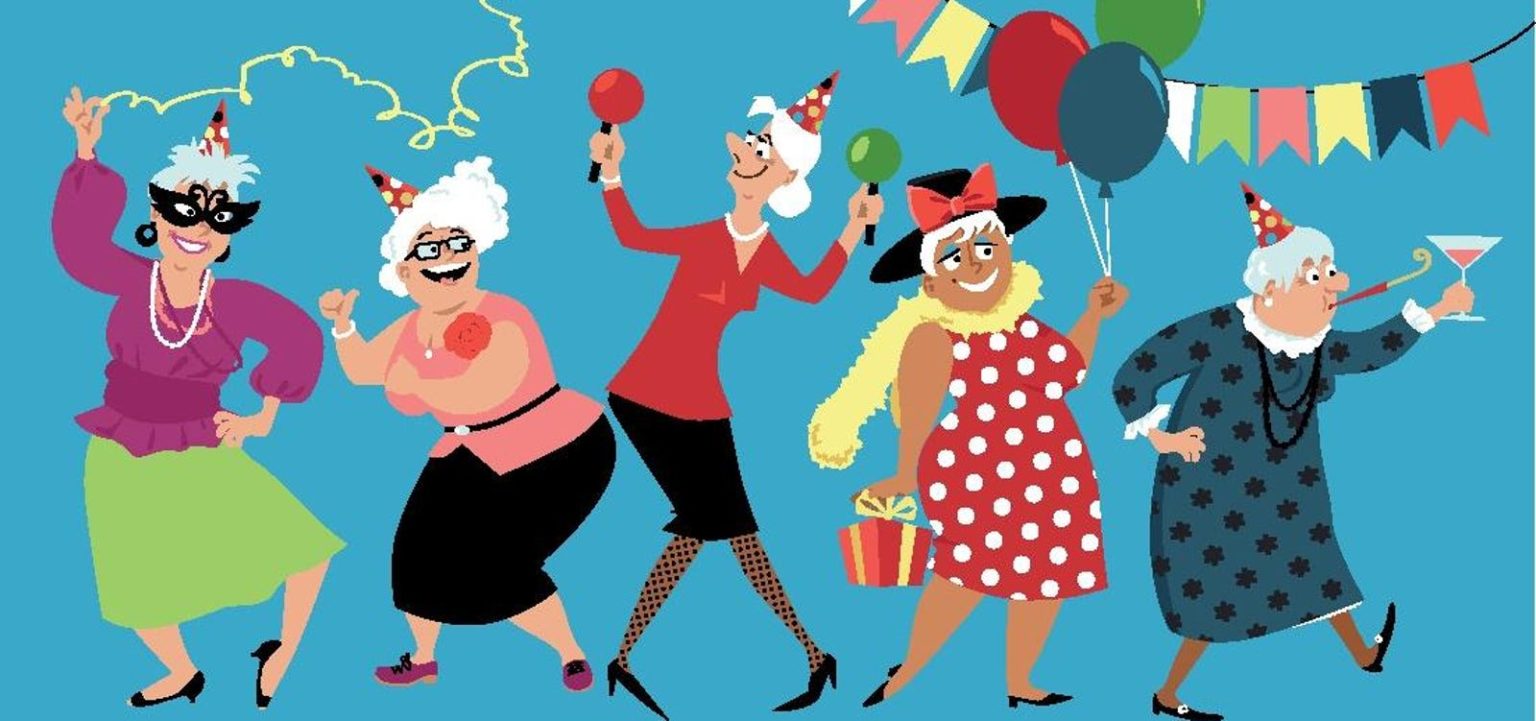As our lives progress, each passing year adds depth and richness to the masterpiece that is our existence. Aging—often perceived as a process of deterioration—doesn’t need to be as daunting as it’s presented to be. Instead, it can be a transformative journey, an opportunity to embrace the wisdom that comes with the passage of time.
While many may assume the key to aging well lies in pharmaceuticals and aesthetic products, studies reveal that each of us wield the tools needed to age with grace and positivity. If the thought of decline with old age weighs heavily on your mind, consider learning how to honor the golden hues that accompany the autumn season of life. Through research, psychology has unveiled the secret to positive aging.
How To Age Positively
Aging has long been presented as a downward trajectory on the graph of life, a process of degeneration and slow decay. However, research from Aging International reveals how to reframe this process into one of development, growth and generativity.
The study sought to shed light on the ways those growing older can resist decline and instead enhance and enrich their lives and well-being through a process referred to as “positive aging.” The authors use the metaphor of a door to describe the concept of positive aging: instead of closing the door on a good life, there are ways that the door could instead be opened wider.
To achieve this, the researchers outlined four core aspects of life that need to be nurtured while aging:
- Relational resources. This refers to maintaining a supportive circle of family, friends, conversational partners and mediated companions.
- Physical well-being. This refers to vying for optimal functioning of the body and brain.
- Positive mental states. This refers to aiming for an overall sense of optimism, well-being and happiness in life.
- Engaging activity. This refers to actively participating in physically as well as mentally engrossing activities.
The authors explain that nurturing one of these four aspects inevitably nurtures the others, creating a harmonious synergy where wellness in one sphere becomes the catalyst for wellness in another. This interplay underscores the transformation potential inherent in approaching aging as a holistic and integrated journey, where each element contributes to the mosaic of positive and purposeful living.
The Secret To Aging With Grace: The Lifespan Diamond
To depict the interaction between these four spheres of well-being, the authors developed what is known as “The Lifespan Diamond.” Imagine a diamond in which each corner connects to the ones opposite and adjacent to it—creating a cross in the middle similar to that of a kite. At each corner lies each of the four aspects of well-being.
This depiction highlights the bidirectional effect that each aspect has on the others. The Lifespan Diamond represents an interlocking system of well-being while aging, with wellness in one aspect having a reverberating effect on the rest:
- Relational resources and physical well-being. Loved ones play a crucial role in our well-being by drawing attention to our physical condition, offering valuable opinions and encouraging us to seek professional advice. Positive encouragement from them not only helps us appreciate our health and appearance, but also fosters a desire for more social connections when we feel physically well.
- Relational resources and positive mental states. Healthy relationships are the foundation for positive mental states, boosting self-confidence, self-worth and generating a sense of purpose and pleasure. Feeling good about oneself and life, in turn, translates into positive interactions with others, fostering empathy, love, nurturance and forgiveness in a continuous, uplifting cycle.
- Positive mental states and engaging activities. Positive mental states propel us toward engaging in both physical and mental activities. These activities, in turn, cultivate a fulfilling life with good memories, joy, excitement and a sense of accomplishment, contributing to an ongoing cycle of positive mental states.
- Positive mental states and physical well-being. The relationship between feeling good mentally and physical well-being is symbiotic. Mental well-being supports physical health, and a positive outlook favors both good bodily condition and the motivation to take proper care of oneself physically.
- Physical well-being and engaging activity. Prioritize physical well-being to broaden the spectrum of activities you can enjoy. A healthy body enhances the ability to engage in various activities, while regular physical activity contributes to overall bodily fitness and well-being.
- Relational resources and engaging activity. Relationships invite both mental and physical engagement, offering opportunities for new activities that broaden our spectrum of interests and potential. Engaging activities not only enhance relationships, but also function as a form of social participation, contributing to personal growth, stronger connections and social rewards.
In the pursuit of aging gracefully and positively, nurturing key aspects of well-being becomes not only desirable, but crucial. Rather than succumbing to the fear of decline or experiencing an actual decline in the later years of life, fostering and nurturing these spheres of well-being can act as a symbiotic antidote to the conventional narrative of aging as a period of diminishing vitality. These aspects form the pillars of a fulfilling and purposeful life in the golden years, providing the emotional and physical strength needed to navigate the challenges of aging.
Conclusion
In a world that so often values the vigor of youth, the opportunity to age with grace emerges as a beacon of positivity, shedding light on the many facets of life that only grow more vibrant with time. By intentionally nurturing the many facets of well-being, a transformative perspective on aging can be harnessed—one that celebrates the richness of the journey and embraces the potential for growth, development and generativity in the later chapters of life.
Read the full article here





